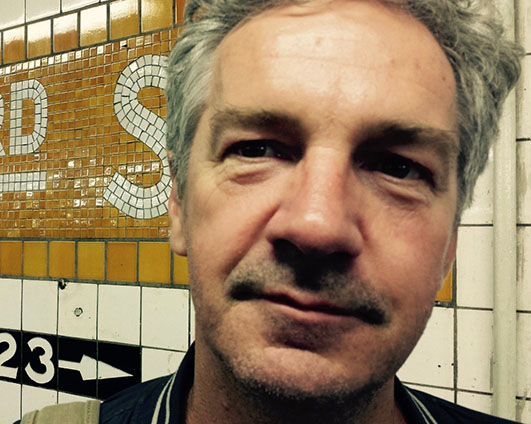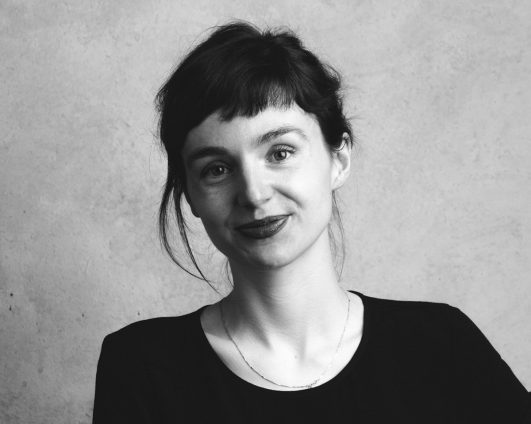Mixed Realities
Mike Robbins and Harmke Heezen – Rematerialism: About the importance of being there – an exploration of digital installations in physical surroundings
Sophie Dixon – Giving Presence to the Past
Rematerialism: About the importance of being there – an exploration of digital installations in physical surroundings
Proposed: a presentation in which the speakers examine how the dynamics of how
immersive digital story platforms can fit within immersive real-world story settings.
To illustrate how these digital and physical parts of story can co-exist, we present our own
work in progress on a series of VR installation pieces in the Alte Nationalgalerie in Berlin,
Munchmuseet in Oslo, and Musee d’Orsay in Paris, as well a selection of case studies that
have served as important precedents and inspiration for us.
Interactive gallery installations like ‘David Bowie Is’, participatory documentary theater like
Rimini Protokoll’s ‘Situation Rooms’, and VR short drama pieces like Makropol’s ‘The
Doghouse’ ask their audiences to be present in the flesh, to be there. They offer the
audience a compelling interplay between the tangibility of physical objects and the
intangibility of things that fill no real space: location based audio, interactive video on an
iPad, or the strange sensation of occupying a different body than the one you entered this
space with.
Perhaps projects like these are expressions of a need for “rematerialization”, a rebound from
the ongoing and increasing digitization (“dematerialization”) of how we consume narratives,
from the video-on-demand of Netflix, play-on-demand of platforms like Steam, content that
streams straight to the couch.
Most documentary stories are about the human condition, about conveying what it means to
be alive in a certain situation. We, the makers, wonder about impact, about how to reach our
viewers. Is there a way that digital documentary storytelling could take a step closer to its
audience by creating a stronger connection to the physical world and by inviting us, the
audience, to locations that we can relate to – a space with human scale reference points,
instead of an infinite, anonymous pixel world? These experiences are shared amongst fellow
participants, for a brief moment building a connection with other human beings, not via social
media platforms, but by being there, in the same physical space.
Giving Presence to the Past
How can one evoke past memories as present experiences?
This is the question at the heart of Giving Presence to the Past, the product of a research
Master’s carried out at the Netherlands Film Academy.
Falling into ruin following the Second World War, the village of Srbska in the present day
Czech Republic now serves as a site of remembrance for a group of former residents who
were forced to leave their homes in 1946.
Drawing on the memories of the group, Giving Presence to the Past presents two core
experiments exploring how an experience of the village can be evoked through the use of
immersive media.
The first experiment, Memory of Loci, is created through oral histories and accompanying
online archival media. Its objective is to re-create a place which exists only in memory.
The second, The Chorus, is a Mixed Reality experiment for the Microsoft HoloLens exploring
the co-existence of multiple memories in a single place. It is an audio-led experiment where
holographic archival objects, video, and oral testimonies can be discovered.
The presentation concludes by looking at a collaborative work currently in progress at
mnemoscene.io, where Mixed Reality is being used to reconnect archival objects with their
intangible heritage, the people and practices to which they originally belonged.



